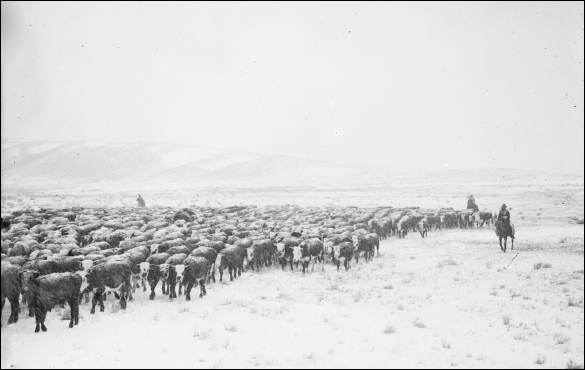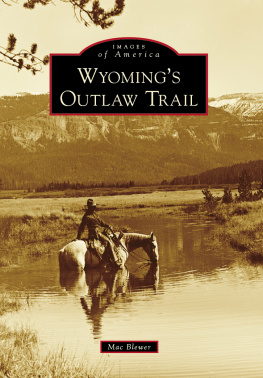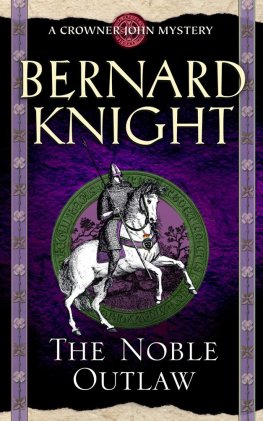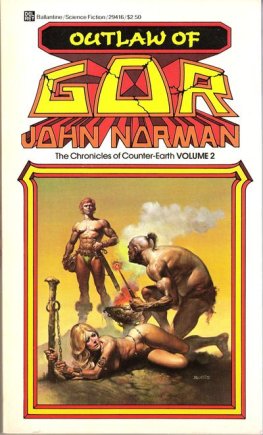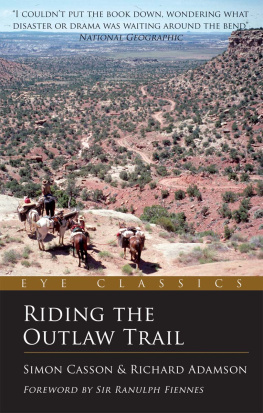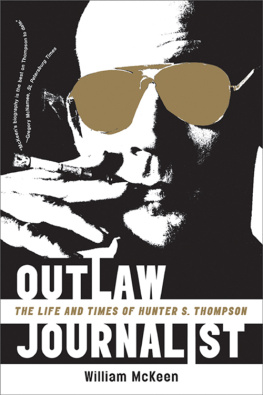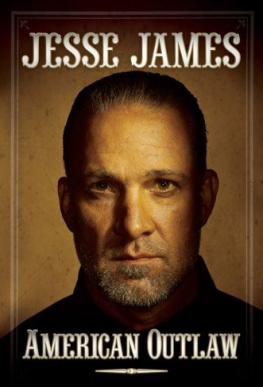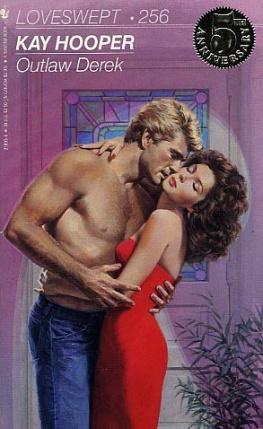Copyright 2013 by Mac Blewer
ISBN 978-1-6251-7168-9
Published by Arcadia Publishing
Charleston, South Carolina
Printed in the United States of America
Library of Congress Control Number: 2012940632
For all general information, please contact Arcadia Publishing:
Telephone 843-853-2070
Fax 843-853-0044
E-mail
For customer service and orders:
Toll-Free 1-888-313-2665
Visit us on the Internet at www.arcadiapublishing.com
To my father, John MacGregor Blewer, and my mother, Barbara
Blewer, who instilled in me a love of history, folklore, and geography.
CONTENTS
ACKNOWLEDGMENTS
Thanks are due to the academic mentorship of John Logan Allen, John Dorst, Linda Fabian, John Patrick Harty, Tamsen Hert, Deborah Paulson, Eric Sandeen, and Dr. Gerald Webster.
Fellow outlaw enthusiasts who were instrumental with their guidance include Bill Betenson, Nancy Coggeshall, and Larry Pointer. Friends and colleagues who I am indebted to include: Deborah Amend, Tom Bell, Curtis Elmendorf, Joyce and Mike Evans, Christy and Jason Fleming, Elnora Frye, Dan Gibson-Reinemer, Daniel Gilmore, Orlando Hiller, Bart Koehler, Patty Pendergast, Gary Puls, Andrew Romero, Alan Spears, Misty Stoll, Julia Stuble, Russ Tanner, Steve Torbit, Rowene Weems, Corrie Welch, and Charlie and Jen Wilson.
A large thank-you to Rick Ewig, associate director of the American Heritage Center, and to John Waggener, archivist at the American Heritage Center, for their invaluable mentorship and technical expertise.
My family, Victoria Blewer, Chris Bohjalian, Julia Cox, and Robert Cox, were extremely supportive of this dream.
All images are property of the American Heritage Center unless otherwise noted. Lastly, I am grateful to the following organizations for the procurement of images that appear in this book: the Adams Museum, Biodiversity Conservation Alliance, the Buffalo Bill Historical Center, the Bureau of Land Management, the Denver Archives, the Homesteader Museum, the Jim Gatchell Memorial Museum, the Library of Congress, the National Park Service, the Park County Archives, the Sweetwater County Historical Association, the Union Pacific Railroad Museum, the Utah State Historical Society, the Wyoming State Archives, and the Wyoming Territorial Prison State Historic Site.
The University of Wyomings American Heritage Center, the Wild West History Association, and the Wyoming State Historical Society provided much-appreciated financial support for fieldwork and archival research.
INTRODUCTION
Steeped in Western mythology, some say the Outlaw Trail never existed and was purely folklore. Others believe that it was a historic path that meandered over 1,500 miles from Canada to Mexico. As Robert Redford opined in his book The Outlaw Trail, [Its] name held a kind of magic, a freedom, a mystery. Regardless of just how much of the Outlaw Trail was fastened in the publics imagination or on the physical landscape, it is clear that the outlaws did use a robber highway of sorts. Sometimes following prominent routes like the Oregon Trail and at other times cutting through open terrain, the outlaws had to move quickly to avoid their dogged pursuers.
The Outlaw Trail was also known as the Owl Hoot. According to writer Larry Pointer, The Owl Hoot may have signified night time. The outlaws were long riders, a reference to their desire to put a lot of distance between themselves and their most recent transgression. They did not stop to turn in wherever they found themselves come nightfall. They often secreted themselves during the daytime in more populated areas or where they knew there were officers hunting for them, then under cover of dark made their way onward.
Bandits like Butch Cassidy found refuge in many of the natural safe havens that the states topography afforded. They also found security in communities whose citizens were sympathetic to the outlaws, whom they saw, in part, as defenders of a diminishing way of life due to the encroachment of the railroads and cattle barons.
The end of the Outlaw Trail marked the imprisonment, death, or disappearance of the horseback outlaws. However, in their death and the death of the Old West came a rise of the New West in the early 1900s, a West that remembered with nostalgia the golden age of the outlaw, as dark as that age may have been. Although it is unclear where the mythological West ends and the historic West begins, the era of the outlaw is firmly ingrained in American culture.
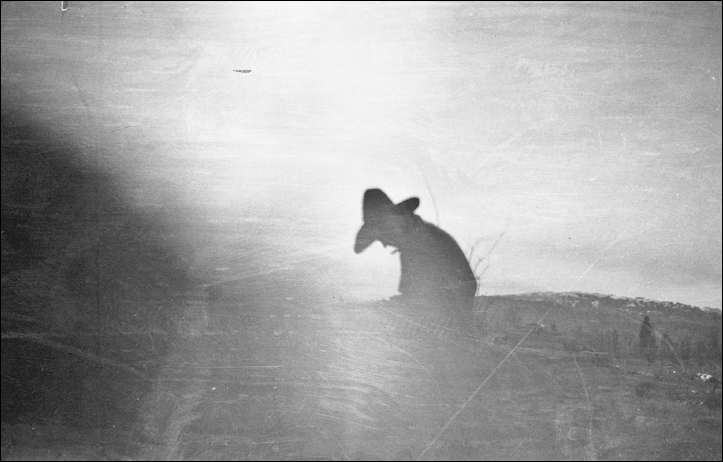
Riding the Outlaw Trail ensured a life of freedom, hardship, and uncertainty. Former Wild Buncher Matt Warner recounts, It was hell proper. It wasnt a case of just one outfit of deputies trailing us, but posses was out scouring the whole country. We didnt dare to build fires at night or even in the daytime. In the daytime we would sweat, fry or sizzle under the hot desert sun, or ride for whole days with our clothes soaking wet in rainy weather. On hot days the sweat would roll down our bellies and backs, and the hard, heavy money belts would gall a raw ring around our bodies, and the money got heavier and heavier and the sore rawer and rawer every mile we rode, till we thought we couldnt stand it any longer.
One
TOUGH TIMES IN WYOMING
To understand the rise of lawlessness in Wyoming in the 1880s and 1890s, it is important to understand why the ground was so fertile for bandits. As Dr. Orrin Klapp asserts, An age of mass hero worship is an age of instability, and the Wyoming of the late 19th century was indeed a volatile, unstable landscape. Indian attacks, the aftermath of the Civil War, feuding between small ranchers and cattle barons, vigilante hangings, and the environmental degradation of the range all combined to form a very fragile period for the state.
During the years 1885 and 1886 everyone seemed to be hard up in Wyoming, recalled John Clay. The before-mentioned challenges coupled with the financial insecurities faced by the Wyoming Stock Growers Association; the disastrous winter of 18861887, where near polar temperatures led to massive livestock die-offs; and increased rustling threatened many ranchers livelihoods.
Although the Wyoming Stock Growers Association conducted numerous investigations into rustling incidents, its efforts, especially in the Powder River country of Johnson County, seemed in vain. There was only one solution in the minds of some of the Stockmen: open war. As William Kittrell states in the foreword of A.S. Mercers book The Banditti of the Plains, the invasion they planned was no ordinary raid on a bunch of cow thieves. It was a war of extermination. In all, 26 Texan gunmen were recruited by Wyoming ranchers, each one promised $50 for every rustler killed. A black list was named of citizens who needed to be killed. Northward they journeyed.
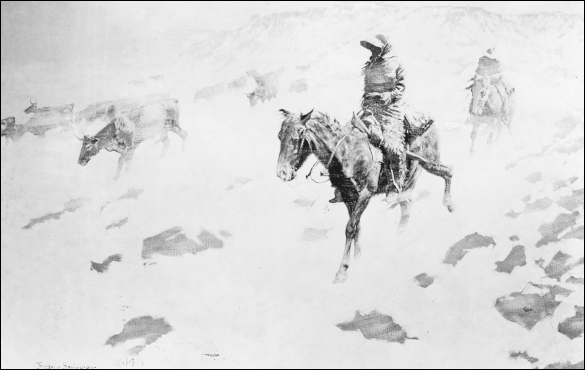
The winter of 1886 and 1887 was devastating to livestock herds across Wyoming and the West. The painting Drifting before the Storm, by Frederick Remington, displays the conditions that ranchers faced during these tough times. The harsh weather impacted small and large ranchers alike and had profound social ramifications. (Courtesy of the Library of Congress.)
